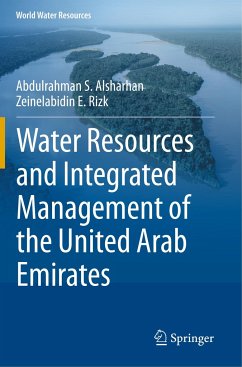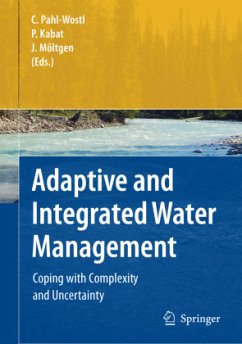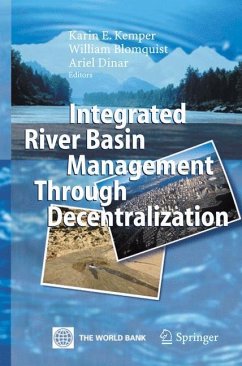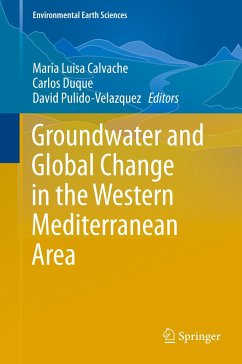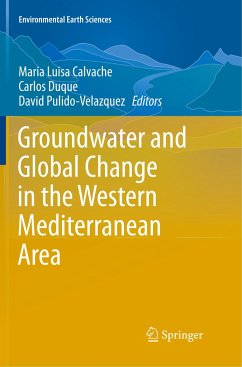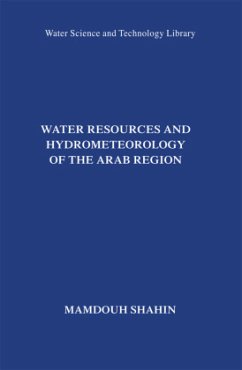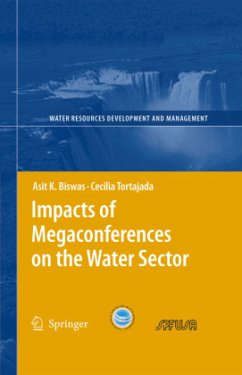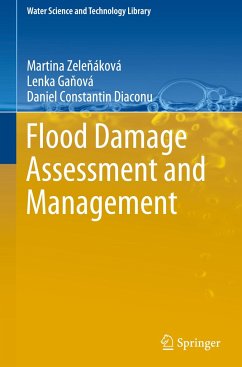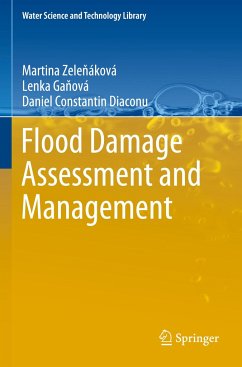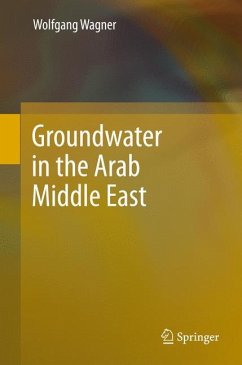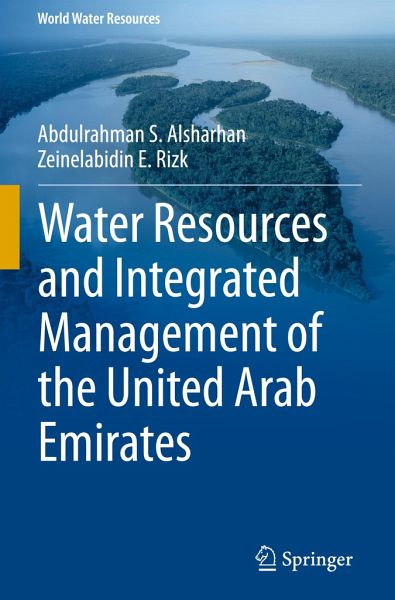
Water Resources and Integrated Management of the United Arab Emirates
Versandkostenfrei!
Versandfertig in 6-10 Tagen
100,99 €
inkl. MwSt.
Weitere Ausgaben:

PAYBACK Punkte
50 °P sammeln!
This book provides an inventory of water resources, describes water challenges, and suggests methodologies and technologies for integrated water resources management in the UAE. It also summarizes efforts of water conservation and management, and modern approaches for improvement of water resources management and decision-making related to this valuable resource. The authors are specialized in geology and hydrogeology and have been teaching and conducting scientific research on water resources in the UAE for the last three decades. This book represents the main reference on water resources in ...
This book provides an inventory of water resources, describes water challenges, and suggests methodologies and technologies for integrated water resources management in the UAE. It also summarizes efforts of water conservation and management, and modern approaches for improvement of water resources management and decision-making related to this valuable resource. The authors are specialized in geology and hydrogeology and have been teaching and conducting scientific research on water resources in the UAE for the last three decades. This book represents the main reference on water resources in the UAE for academia, researchers, professionals, students and the general public.



